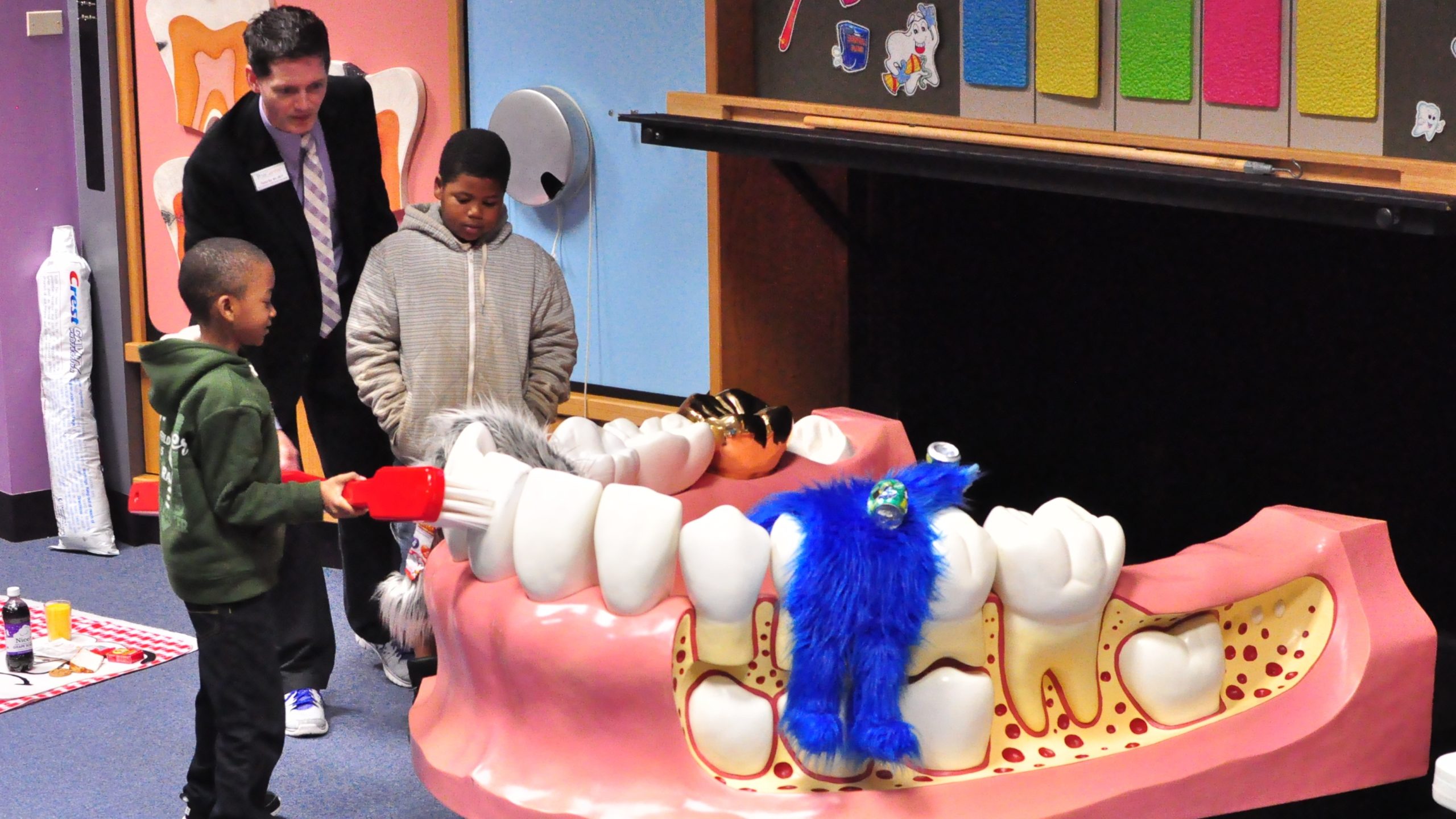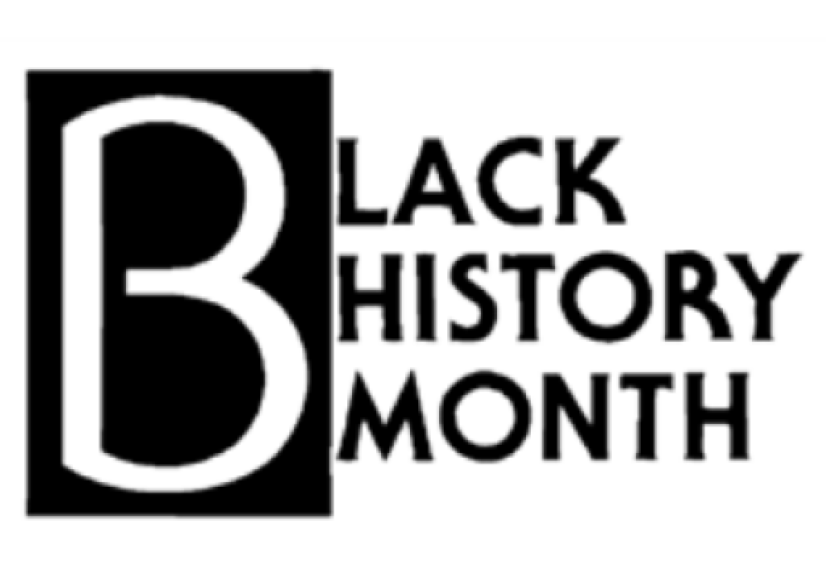
Black History in Dentistry
Celebrating Black American Contributions in Dental Health
Alaina Hart, MPH, CHES
Equity Director, Dental Health Program Manager
The month of February is dynamic. We get to pack a lot into the shortest month of the year. On Valentine’s Day, we get to show extra love to those we care about, and all month long, we get to celebrate Black History Month and National Children’s Dental Health Month. I thought it would be fitting to honor both of these month-long celebrations by brushing up on some African American dental-health pioneers and helpful tips to care for children’s teeth all year long.
Every year on the first Saturday in February, the Poe Center celebrates Children’s Dental Health Month with an event called Terrific Teeth Day. The day is filled with oral-health education, dental screenings, and fun dental-related entertainment designed to help children and their families get excited about taking care of their teeth. One of my favorite activities, during the event, is the “Be a Dentist for a Day” station. This station allows children to suit up like a dentist and do a “dental exam” on the caregivers and adults at the event with them. I especially love the moment when children’s eyes light up as they put on their lab coat and gloves and are ready to examine their first patient. Parents’ eyes are wide with a mix of entertainment and caution as their child happily approaches them with a tongue depressor. I listen eagerly every year, because without fail, a child always says, “I want to be a dentist!”
While Terrific Teeth Day is meant for entertainment, it is also about breaking down some of the fears children and families may have about dental care. The event exposes children to professional opportunities that they may not have previously considered. Watching those moments makes me think of the future dentists among us who could change lives or revolutionize the field of dentistry. Celebrating Children’s Dental Health and Black History in the same month is a great opportunity to acknowledge several African American trailblazers in the field of dentistry who have left a lifelong legacy and paved a path for future dentists.
Dr. Robert Tanner Freeman, the son of two enslaved people who purchased their freedom, was the first African American to receive a dental degree in the United States. He was eventually accepted into the first class of Harvard Dental School. After graduating in 1869, he went on to open his own practice in Washington, D.C. Dr. Tanner’s legacy is evident in the National Dental Association (NDA), which is an organization that promotes oral-health equity among people of color. The early beginnings of the NDA was formally named the “Robert T. Freeman Dental Society” in Dr. Tanner’s honor.
Dr. Ida Gray Nelson Rollins became the first African American female dentist in the United States. She graduated from the University of Michigan’s School of Dentistry in 1890 as one of just three women in her class. Dr. Rollins was also the first African American woman to open a private practice in Cincinnati, Ohio, and later in Chicago, Illinois. She was a mentor to her patients and was a notable inspiration for Dr. Olive M. Henderson, who became the second female dentist in Chicago.
Dr. George Franklin Grant was the second African American dentist in the United States and only the second African American to graduate from a dental school in the country by 1870. He graduated from Harvard Dental School and became the first African American faculty member of the university. Dr. Grant did a lot of ground-breaking work in treating patients with cleft palates. He invented a prosthetic device to help patients with prosthetics eat and speak in a more clear and audible voice. Dr. Grant was also an avid golfer and is noted for inventing the first wooden golf tee.
The contributions of these three dentists, and so many more, have helped to enhance the field of dentistry by breaking down the barriers and forging a path for today’s dentists to solve present day issues. There is still lots of work to be done.
Cavities are still the most common, preventable chronic disease for children in the United States. So, in celebration of Children’s Dental Health Month, here are some helpful reminders for good dental health and hygiene.

Tips to Remember:
- Two is the magic number! Brushing teeth twice a day for two minutes can help prevent cavities. Visiting the dentist at least two times a year for a check-up can help keep teeth healthy and reduce dental emergencies.
- Floss at least once a day.
- Use a grain of rice size (children under age 3) and a pea size (children ages 3-6) amount of fluoride toothpaste.
- Eat calcium-rich food for strong bones and teeth and limit high-sugar foods and drinks.
- Stay hydrated with water.
- Model healthy habits for children to follow.
Wishing you a happy and healthy Children’s Dental Health and Black History Month!
Featured Poe Program: Super Smiles
Participants: Kindergarten-1st grade
An exciting visit from Mr. Big Mouth will teach participants the importance of proper brushing and flossing during our Super Smiles program. Participants play “Move It and Lose It” to demonstrate the exchange of primary teeth for permanent teeth. Annie and Moby™ take them on a visit to the dentist and a special guest, Captain Clean-Teeth, helps them leave this fun program with… Super Smiles!

Featured Resource: Draw and Write
Check out this Draw and Write resource from the homeschooling library at ThoughtCo.com. Teachers can use this activity however you’d like. Students can draw a notable figure in black history and write about them. This could even be opened up to influential people they know in their communities as well as specified to highlighting historical black figures in different fields, such as dentistry and medicine.


